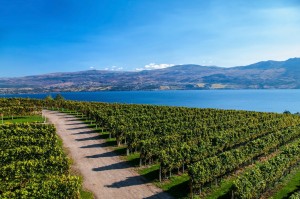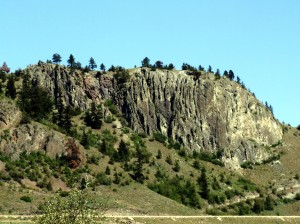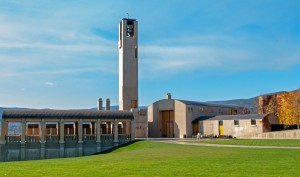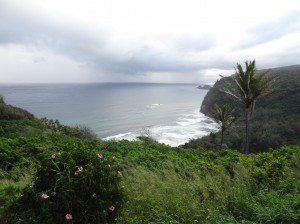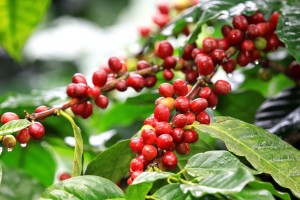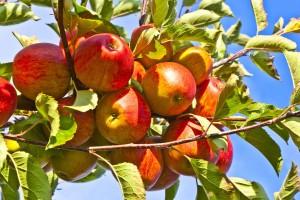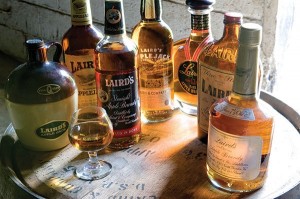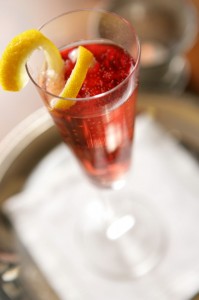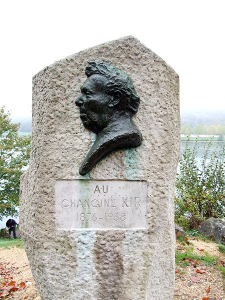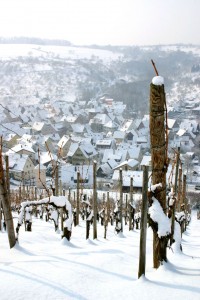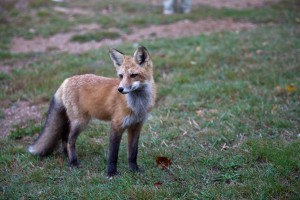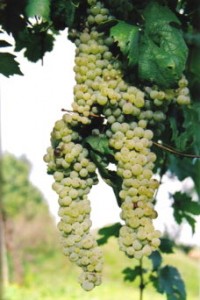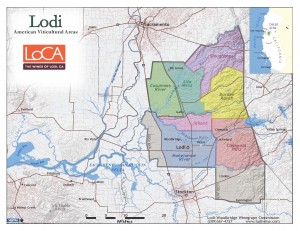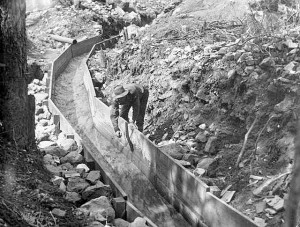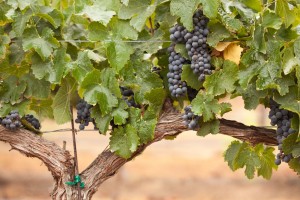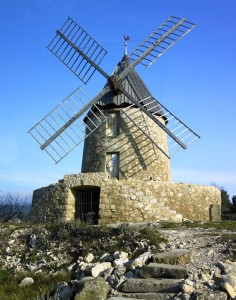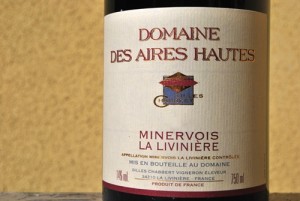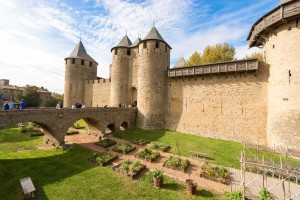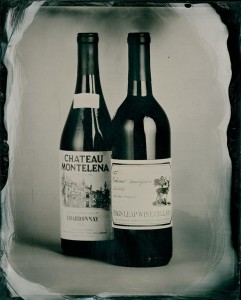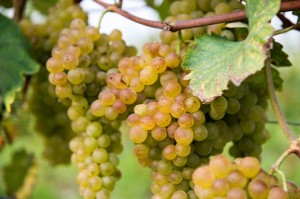 Today we have a guest post from Wai Xin, a wine educator based in Singapore. Xin brings us on a fascinating journey to get to the truth about Turbiana!
Today we have a guest post from Wai Xin, a wine educator based in Singapore. Xin brings us on a fascinating journey to get to the truth about Turbiana!
Modern DNA profiling ability has enabled researchers to name most grapes and their parentage. But for those who won’t be spending time on reports, they find the proof in the glass. While not always exact, some characteristics that run in the vine family can be tell-tale signs of its lineage, with slight variations attributed to vintage and geographical differences. But if you need a grape to stump someone, try Turbiana.
Sitting at a Zenato wine dinner three months ago, I overheard diners and their enthusiasm to taste the flagship wines – two vintages (2005 & 2006) of Sergio Zenato Riserva and a 2008 Amarone della Valpolicella Classico. All rich and opulent, and should you have a case of the 2005 Sergio Zenato Riserva, it is certainly a good time to start exploring. But what really started the discussion among nearby wine specialists wasn’t the Amarone, they were two dry whites from Lugana.
Lugana is a small region south of Lake Garda, sitting near the border of Veneto and Lombardy. As often happens to a small region nestled between two large areas, it is often overlooked.
To try and figure out Lugana, I pulled my phone out from pocket and conjured my secret stash of wine resources. A Dropbox account containing handy resources such as maps, scholarly texts, and in this case, 521 official documents detailing all the approved Italian wine regions from IGT to DOCG.
“I vini a denominazione di origine controllata “Lugana” devono essere ottenuti dalle uve provenienti dal vitigno Trebbiano di Soave localmente denominato Turbiana o Trebbiano di Lugana.”
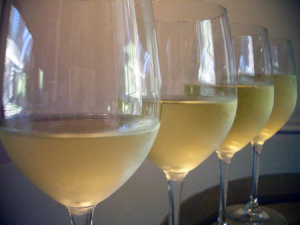 In loosely translated essence, “Trebbiano di Soave, in local terms Turbiana or Trebbiano di Lugana.” Trebbiano and Soave sounded familiar enough to us. Done deal.
In loosely translated essence, “Trebbiano di Soave, in local terms Turbiana or Trebbiano di Lugana.” Trebbiano and Soave sounded familiar enough to us. Done deal.
Or is it?
Two weeks after that dinner, on a friend’s insistence I met Fabio Zenato from Le Morette. “You must meet this man and his wines” my friend said, “I have never tried this variety before.”
At our meeting, an assortment of sparkling, dry, red and dry white wines were laid out on the table, and the word Lugana caught my eyes again. But instead of calling it a Trebbiano di Soave, Fabio addressed it with an alien name Turbiana. Tur. Interesting…
Very often Trebbiano, one of the most planted varieties in Italy, has its name appended with a region. Names like Trebbiano d’Abruzzo, Trebbiano di Soave, Trebbiano di Romagna and others are aplenty. The French call it Ugni Blanc, but even with that, it is still one of the many French synonyms.
In 2001, a group of researchers from University of Milan looked into the differences between these “Trebbiani” and other grape varieties that could be related. The result showed huge genetic differences suggesting that most Trebbiano, if related, must be cousins. Two grapes showed remarkable resemblance; Trebbiano di Soave and Verdicchio were 99% similar, while Turbiana differed slightly with Verdicchio at 97%.
Fabio supported the 2001 study. With this result, he can prove his claim since it had clearly demonstrated that Turbiana was significantly different from Trebbiano. I support his cause, and by calling it Trebbiano, it only misrepresents the Lugana native to a distant family. To get things right, Trebbiano di Lugana needs to be correctly known as Turbiana, and Trebbiano di Soave as Verdicchio.
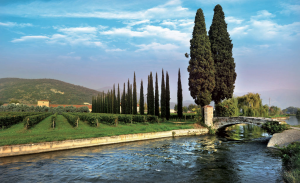 In Singapore, Lugana wines are almost non-existent with only a handful of merchants carrying one or two labels. The Zenato Luganas are available in Crystal Wines, while Monopole carries a Lugana from Tommasi owned Villa Giradi. Fabio’s visit to Singapore in October was to look for an importer. In December, his wines were showcased over a Veneto wine dinner, but as of today, I am not certain if anyone was confident to take up the distribution rights.
In Singapore, Lugana wines are almost non-existent with only a handful of merchants carrying one or two labels. The Zenato Luganas are available in Crystal Wines, while Monopole carries a Lugana from Tommasi owned Villa Giradi. Fabio’s visit to Singapore in October was to look for an importer. In December, his wines were showcased over a Veneto wine dinner, but as of today, I am not certain if anyone was confident to take up the distribution rights.
With my few experiences of Turbiana, it had came across being neutral and shapeable. While at other times, fully expressive of its fruits and minerals. Such unpredictability can make it difficult to handle, yet intriguing for some. The name change will do some good, but first it has to overcome the many obstacles ahead.
Tasting Notes:
Zenato Lugana DOC San Benedetto 2012 – Hint of ripe tropical fruits showed initially and supported by a more melon-like aroma. While the palate was crisp and bone dry, the fruit flavors that showed on the finish was a welcoming touch. A simple wine but paired fine with fresh seafood.
Zenato Lugana Riserva “Sergio Zenato” 2007 – Having aged in oak barrels, tinge of smoky aroma overshadowed a neutral fruit. Palate had a light hint of residual sweetness and finished off with good roundness. Rather akin to a rich Chardonnay.
Le Morette Lugana DOC Mandolara – Youthfulness of the wine showed both in glass and palate. A gentle expression of fresh apple and flowers, the steel-like palate was driven by pronounced salty mineral touch that cut from beginning to finish.
Le Morette Lugana DOC Benedictus Keeping the skin with the juice gave a nice straw gold tone and dense phenolic volume. Partially fermented in small oak barrels also imparted spicy note to the rich spectrum of aromas. If there’s a lack of description for the wine, one can say there’s a taste of grape flesh within.
Wai Xin, CSW, FWS is a wine communicator based in Singapore. He describes his journey to wine as follows – “I woke up one day and decided to throw my Java coding career out of the window for a lifetime of intoxication. Believing strongly that wine is for enjoyment and not a trading commodity, I encourage sensible, affordable drinking and the exploration of individual preferences.”
Wai Xin is the author of a blog entitled “Wine Xin- The Babbler”, as well as a contributing author for EnjoyWine.Sg and ChubbyHubby.Net (a food, family, and lifestyle blog). Xin may be reached at this.is@winexin.sg or via twitter @Winexin.
Note from Jane N: What I find most interesting about Xin is his “98” score on the CSW – very impressive!!
Click here to return to the SWE Website.
